Mozart. Mendelssohn Chiaroscuro Quartet 58’ 06”
Mozart Quartet K421, Mendelssohn Quartet 2, Op 13
Aparté AP092. 58’ 06”
I first heard the Chiaroscuro Quartet (Alina Ibragimova, Pablo Hernan Benedi, Emilie Hornlund and Claire Thirion) when they were London students, and their talent was obvious from the start. Alongside Alina Ibragimova’s impressive (and well-deserved) solo career, the quartet are now making their mark in the world of period instrument quartets, with three CDs to date, all combining Mozart with a later composer. After comparing Mozart with Schubert and Beethoven, they now turn to Mendelssohn, drawing connections between the 18 year olds’ Quartet No 2 and Mozart’s D minor Quartet (K421), written when he was a comparatively mature 27. These talented young musicians, playing on gut strings with no vibrato to disturb the musical line, demonstrate inspiring musical minds and exceptional techniques, which they dedicate to the service of the music rather than self-aggrandisement.
In what is a rather intense programme, there are several magical moments, not least in the interpretation of the dark transition passage at the beginning of the second section of the first Mozart movement. In contrast, their almost flighty playing of the Mozart trio is a delight, and a bit of relief in what is otherwise a pretty complex work. Their tonal unity in demonstrated in the several passages where the melodic line passes from one instrument to the other – imperceptibly in their case. The Mendelssohn is an emotionally powerful work, opening with what seems to be an innocuous song-without-words but quickly developing a much darker and more complex hue. The slow movement opens with a similarly song-like theme before the viola leads into a plaintively chromatic fugue and a turbulent central section. Ever the tune-smith, Mendelssohn opens the Intermezzo with another song-without-words, before dissolves into a fairy dance.
One of the many strengths of the Chiaroscuro Quartet is their ability to play quietly, drawing the listener into their musical world. There are several examples in these two quartets, notably in transition passages. This is playing and musical interpretation of the highest degree.
My own quibble is with the complex programme notes, by Tom Service. Rather than looking for links between the two pieces on the CD, his essay concentrates on rather convoluted links to Beethoven. The language become fanciful to a degree – do we really need to be told that our hearts will be in our mouths at the audacity of Mozart’s plunge into a discombobulating E flat major?
Extracts at http://chiaroscuroquartet.com/discs

[https://andrewbensonwilson.org/2015/04/01/mozart-mendelssohn-chiaroscuro-quartet/]

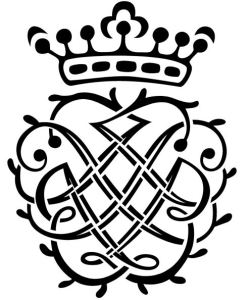


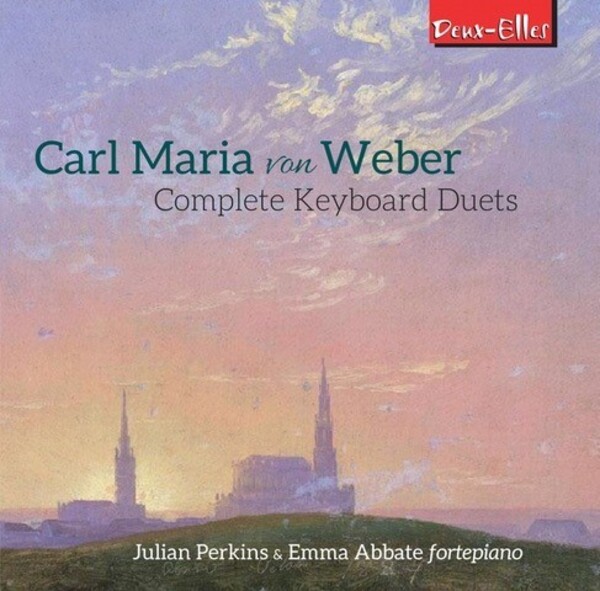

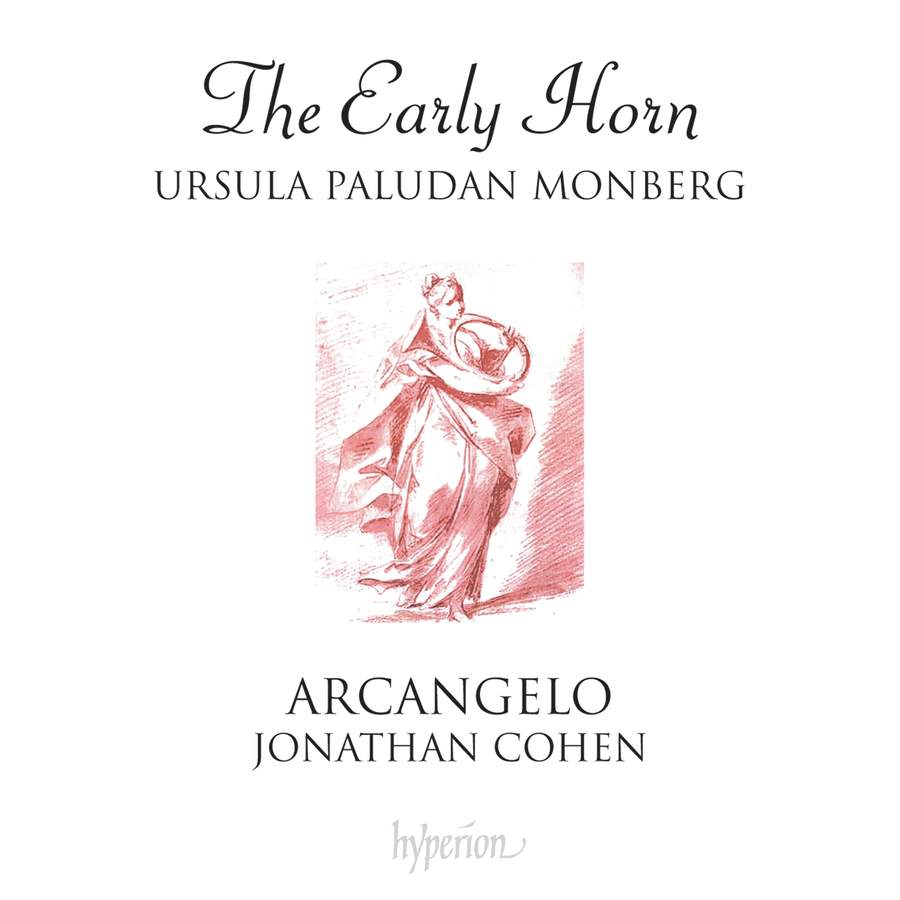

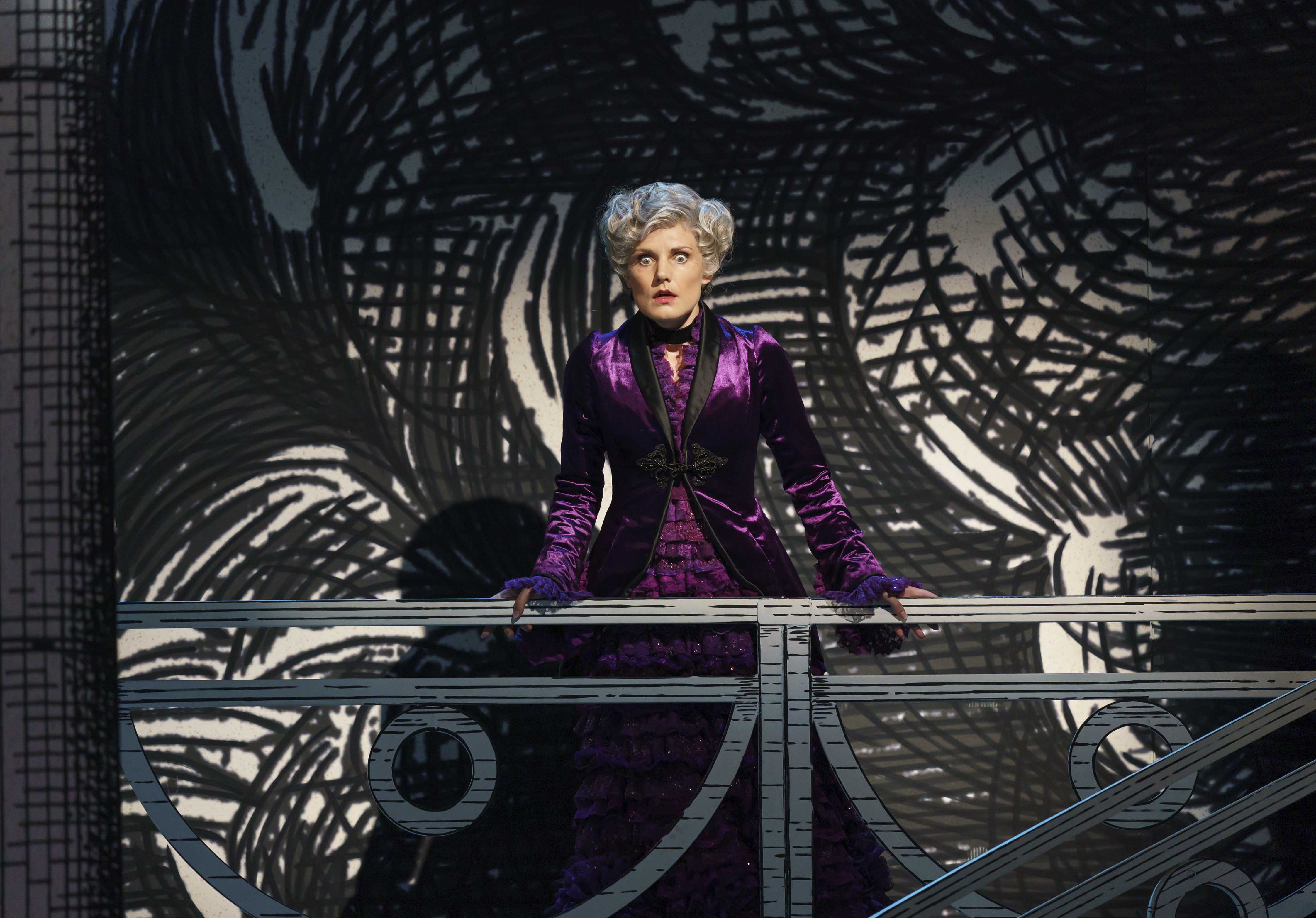




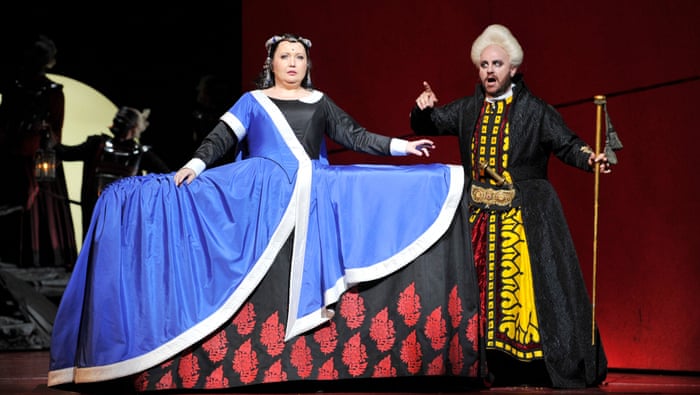 for Aspasia to walk through without turning sideways. She later appeared as though sitting behind a large bedecked dinner table, as pictured. Indeed the striking costume design was one of the main features of this production, which included a number of impressively choreograph set-piece dances, at one stage complete with a lot of foot-stomping, stick-banging and skirt-twirling, the whole more in Japanese than Anatolian (or 18th century European) style.
for Aspasia to walk through without turning sideways. She later appeared as though sitting behind a large bedecked dinner table, as pictured. Indeed the striking costume design was one of the main features of this production, which included a number of impressively choreograph set-piece dances, at one stage complete with a lot of foot-stomping, stick-banging and skirt-twirling, the whole more in Japanese than Anatolian (or 18th century European) style. I didn’t see the 2010 production of Don Giovanni, or this summer’s Festival revival, so for me this was a new show. Set in a post-Mussolini Italy, the broody set, designed by Paul Brown, is focused on a massive central cube that presents all four of its sides, plus different incarnations of the central space, to the audience. It is a powerful image, but not without potential issues. Its overpowering presence centre stage pushes most of the action to the front or the side of the stage: no bad thing in itself, but giving a rather cramped feeling
I didn’t see the 2010 production of Don Giovanni, or this summer’s Festival revival, so for me this was a new show. Set in a post-Mussolini Italy, the broody set, designed by Paul Brown, is focused on a massive central cube that presents all four of its sides, plus different incarnations of the central space, to the audience. It is a powerful image, but not without potential issues. Its overpowering presence centre stage pushes most of the action to the front or the side of the stage: no bad thing in itself, but giving a rather cramped feeling  Mozart: Sonata in D, K381; Sonata in C, K521; Sonata in B-flat, K358, JC Bach: Sonata in A.
Mozart: Sonata in D, K381; Sonata in C, K521; Sonata in B-flat, K358, JC Bach: Sonata in A.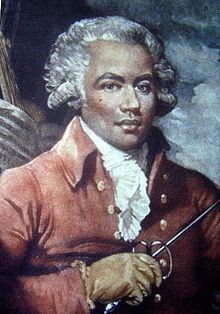 centred on the fascinating character Joseph de Bologne, Chevalier de Saint-George (b1745), the son of a wealthy French plantation owner in Guadeloupe, and his African slave. Educated back in France from the age of 7, he first became known as a fencer, graduating from the Academy of fencing and horsemanship aged 21 and somehow collecting the title of chevalier (knight) on the way. Quite how he achieved his skills in music is not known, but the composers Lolli and Gossec had already dedicated works to him before he was 21. He quickly became one of the leading Parisian violinists and orchestra leaders. He briefly lived in the same house as Mozart (the mansion of his mentor, the Duke of Orléans in Paris), and was leader of the enormous Masonic Loge Olympique orchestra, for which Haydn wrote his Paris Symphonies.
centred on the fascinating character Joseph de Bologne, Chevalier de Saint-George (b1745), the son of a wealthy French plantation owner in Guadeloupe, and his African slave. Educated back in France from the age of 7, he first became known as a fencer, graduating from the Academy of fencing and horsemanship aged 21 and somehow collecting the title of chevalier (knight) on the way. Quite how he achieved his skills in music is not known, but the composers Lolli and Gossec had already dedicated works to him before he was 21. He quickly became one of the leading Parisian violinists and orchestra leaders. He briefly lived in the same house as Mozart (the mansion of his mentor, the Duke of Orléans in Paris), and was leader of the enormous Masonic Loge Olympique orchestra, for which Haydn wrote his Paris Symphonies.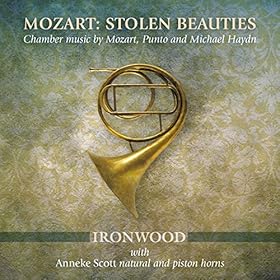 A CD launch concert in Handel’s own parish church of St George, Hanover Square featured the programme from the CD ‘Mozart: Stolen Beauties’. Ironwood is an Australian period instrument ensemble formed in 2006. They were joined by the distinguished horn player Anneke Scott, here playing both natural (or ‘hand’) and piston horn.
A CD launch concert in Handel’s own parish church of St George, Hanover Square featured the programme from the CD ‘Mozart: Stolen Beauties’. Ironwood is an Australian period instrument ensemble formed in 2006. They were joined by the distinguished horn player Anneke Scott, here playing both natural (or ‘hand’) and piston horn.